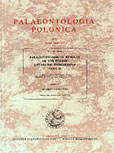Podolia, Ukraina
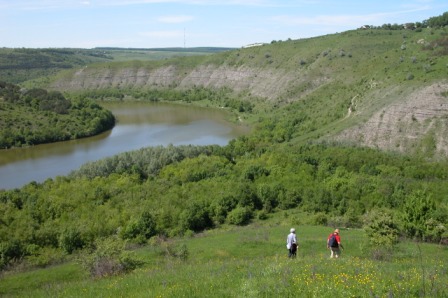 The
Silurian - Lower Devonian succession of marine deposits
exposed in Podolia (Ukraine) have a total thickness in excess of 900
m, are rich in fossils and represent one of the most complete and
continuous sequence of that age in the world. They provide a full
record of the transition from the open marine conditions (Silurian)
through marginal marine (Lochkovian) to alluvial (Old Red facies).
The
Silurian - Lower Devonian succession of marine deposits
exposed in Podolia (Ukraine) have a total thickness in excess of 900
m, are rich in fossils and represent one of the most complete and
continuous sequence of that age in the world. They provide a full
record of the transition from the open marine conditions (Silurian)
through marginal marine (Lochkovian) to alluvial (Old Red facies). Five expeditions of the Polish and Ukrainian participants of the project
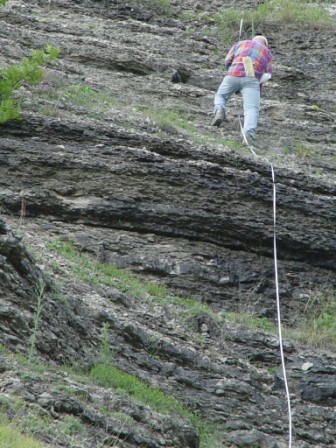 (leader Hubert Szaniawski) under the
field guidance of Daniel Drygant allowed us to make the field
investigations and collect samples for the geological, geochemical,
paleontological, microfacies and palynofacies investigations from
fourteen sections.
(leader Hubert Szaniawski) under the
field guidance of Daniel Drygant allowed us to make the field
investigations and collect samples for the geological, geochemical,
paleontological, microfacies and palynofacies investigations from
fourteen sections. In the years 2004 – 2006 two Polish-Ukrainian geological expeditions to Podolia were held. They were financed by NATO grant entitled “Environmental and faunal changes on the Silurian- Devonian boundary in Dniester Basin, Ukraine".
In the years 2008-2011
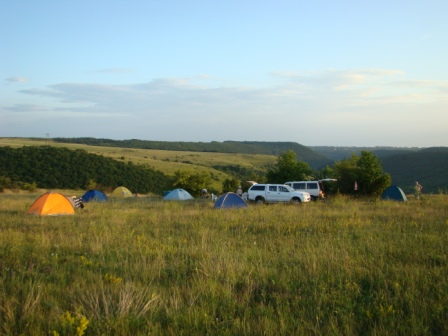 were held three expeditions.They
were financed by Polish Ministry of Science and Higher Education
grant devoted to faunal and environmental changes during the
Silurian and Lower Devonian sedimentation in the Dnester Basin,
Podolia, Ukraine.
were held three expeditions.They
were financed by Polish Ministry of Science and Higher Education
grant devoted to faunal and environmental changes during the
Silurian and Lower Devonian sedimentation in the Dnester Basin,
Podolia, Ukraine.The main purpose of the project was to refine their
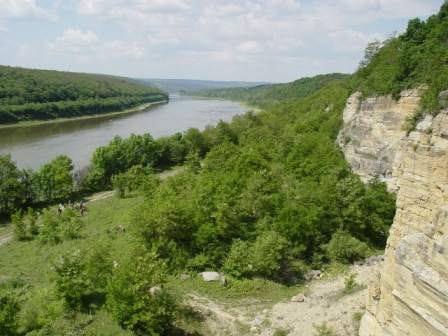 biostratigraphy
and to recognize the regional biotic response to the environmental
changes influenced by the global changes in the oceanic
biogeochemical cycles. However, exceptionally good preservation of
the fossils in some layers also enabled some new, unexpected
paleobiological observations. Some of the results are already
published (Szaniawski 2005, Voichyshyn 2006, Małkowski et al. 2009,
Baliński 2010, Olempska et al. 2011, Drygant and Szaniawski 2012,
Filipiak et al. 2012, Olempska 2012, Racki et al. 2012, Voichyshyn
and Szaniawski 2012) and some are still in preparation.
biostratigraphy
and to recognize the regional biotic response to the environmental
changes influenced by the global changes in the oceanic
biogeochemical cycles. However, exceptionally good preservation of
the fossils in some layers also enabled some new, unexpected
paleobiological observations. Some of the results are already
published (Szaniawski 2005, Voichyshyn 2006, Małkowski et al. 2009,
Baliński 2010, Olempska et al. 2011, Drygant and Szaniawski 2012,
Filipiak et al. 2012, Olempska 2012, Racki et al. 2012, Voichyshyn
and Szaniawski 2012) and some are still in preparation. Part of the thematic issue of Acta Palaeontologica Polonica (57_4) was dedicated to this research.
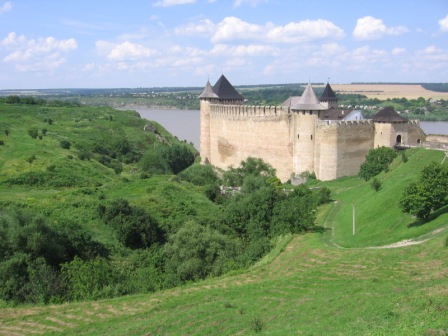
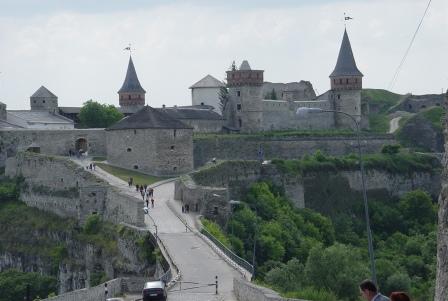
Khotyn Castle Kamieniec Podolski Castle
INTRANET
[staff only]
PALEONTOLOGICAL COLLECTIONS
PUBLISHING
Acta Palaeontologica Polonica


